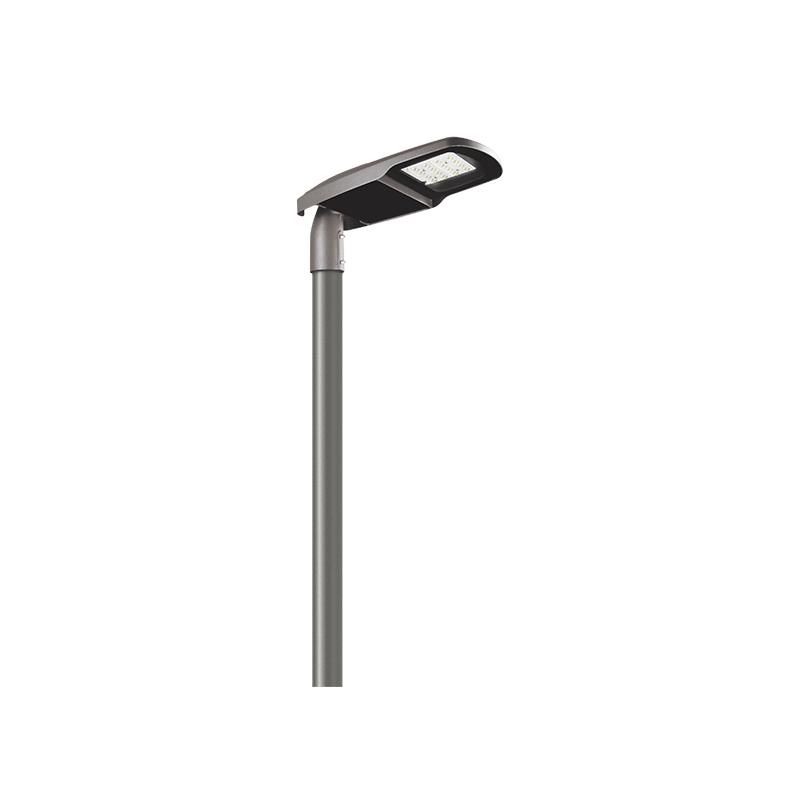LED street light contribute to energy savings and reduced electricity consumption through several key factors:
Efficiency: LEDs (Light Emitting Diodes) are highly efficient light sources that convert a significant portion of energy into visible light. Traditional lighting technologies, such as incandescent or fluorescent bulbs, waste a substantial amount of energy as heat. LEDs generate much less heat and therefore use less electricity to produce the same amount of light.
Directional Lighting: LED street lights emit light in a specific direction, which reduces the need for reflectors and diffusers to redirect the light. This means that a larger proportion of the emitted light reaches the intended area, minimizing light loss and improving overall efficiency.
Lower Wattage: LED street lights typically require lower wattages compared to traditional lighting options while still providing the same or higher levels of brightness. This directly translates to lower energy consumption and reduced electricity bills.
Long Lifespan: LED street lights have a significantly longer lifespan compared to traditional street lights. They can last up to 50,000 to 100,000 hours or more, while traditional options might need replacement much sooner. This extended lifespan means fewer replacements are needed, reducing maintenance and associated energy costs.
Instant Start and Dimming: LEDs do not require warm-up time and can be instantly turned on to full brightness. Additionally, they can be easily dimmed or controlled, allowing municipalities to adjust the light output based on the time of day, traffic conditions, and specific needs. This dynamic control further optimizes energy consumption.


Reduced Light Pollution: LED street lights can be designed to emit light more precisely where it's needed, minimizing light spillage into the sky or surrounding areas. This reduces light pollution, which not only saves energy but also benefits ecosystems, wildlife, and human health.
Color Temperature: LEDs offer a wide range of color temperatures, allowing municipalities to select the most appropriate one for their specific needs. Choosing lower color temperatures for street lighting can reduce energy consumption while still maintaining appropriate visibility and safety.
Integrated Technology: LED street lights can be integrated with smart controls, sensors, and remote management systems. This enables adaptive lighting solutions, where the brightness levels can be automatically adjusted based on real-time factors such as ambient light, traffic density, and weather conditions.
Solar Compatibility: LED street lights can be easily integrated with solar panels and battery storage systems, creating self-sustaining solar street lighting solutions. This reduces dependency on the electrical grid and minimizes energy consumption from traditional sources.


 Español
Español












